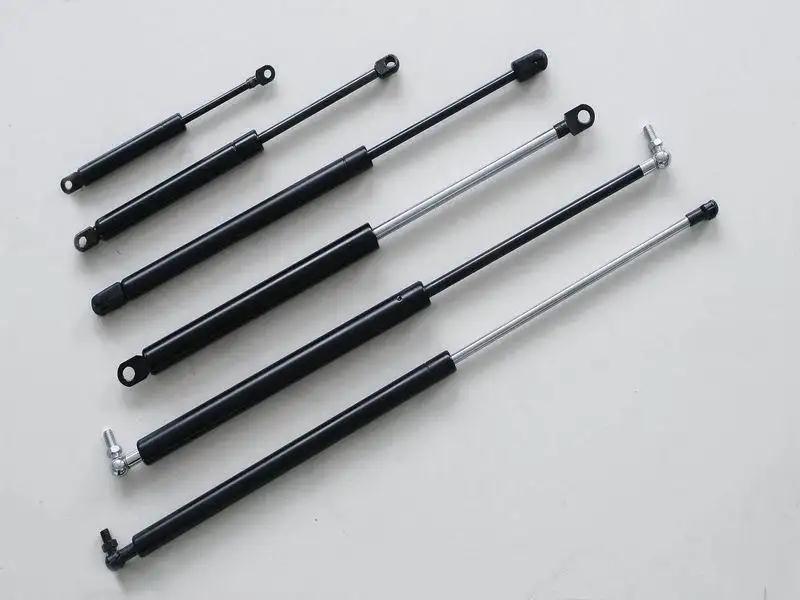An industrial gas spring, also known as a gas strut, gas lift, or gas shock, is a mechanical component designed to provide controlled linear motion by using compressed gas (usually nitrogen) to exert force. These springs are commonly used in various industrial applications where controlled lifting, lowering, and positioning of loads are required. The primary purpose of industrial gas springs is to replace traditional mechanical springs, such as coil or leaf springs, in applications where a controlled and adjustable force is needed.
Application Requirements
Choosing the right industrial gas springs is to understand your application requirements. You should consider the following factors:
Load Capacity: Determine the weight or force that the gas spring needs to support or control.
Stroke Length: Measure the distance the gas spring must travel to fulfill its function.
Mounting Orientation: Evaluate whether the gas spring will be mounted vertically, horizontally, or at an angle.
Designing and selecting industrial gas springs involves considering several factors to ensure optimal performance and safety. Here are key factors to consider:
1.Raw Material
Materials:
Steel: Steel is a commonly used material for gas springs. It provides strength and durability, making it suitable for heavy-duty applications. Steel gas springs are often used in automotive, industrial, and machinery applications.
Stainless Steel: Stainless steel gas springs are highly resistant to corrosion and rust, making them ideal for use in harsh environments, including marine applications, food processing, and medical equipment. They are more expensive than regular steel but offer supenior durability.
Aluminum: Aluminum gas springs are lightweight and have good corrosion resistance. They are commonly used in applications where weight is a critical factor, such as in the aerospace industry.
Plastic: Some gas springs use plastic components, such as nylon or composite materials, for certain parts like end fittings. Plastic gas springs are often used in applications where non-metallic materials are required or to reduce overall weight.
2.Load and Stroke customized
You should clear the force or load that the gas spring needs to support,and the stroke length required.Ensure that the stroke length meets the specific needs of your application.
3.Safety feature
1)Operating Temperature:Consider the temperature range in which the gas spring will operate. Some environments may require special materials or treatments to handle extreme temperatures
2)Mounting Orientation:Gas springs are sensitive to mounting orientation. Make sure to install them according to the manufacturer's recommendations
3)Corrosion Resistance:Evaluate the environment for potential corrosion factors. Select materials and coatings that provide corrosion resistance if the gas spring will be exposed to harsh conditions.
4.Warranty and Installation
Tieying's gas spring can provide you 12 months warranty.Follow the manufacturer's guidelines for installation and maintenance to ensure proper functioning over time. Regular inspections and maintenance can extend the life of the gas spring.
Post time: Nov-27-2023




